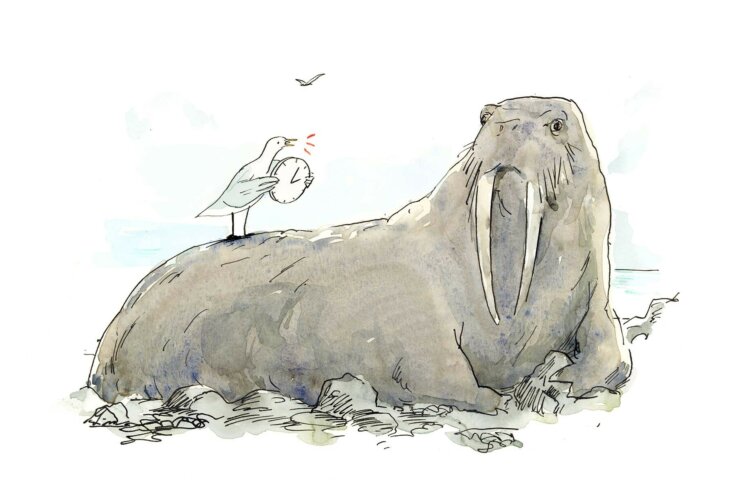The process of putting out a print magazine feels like a small miracle. Tens of thousands of words are overhauled, distilled, and pruned to deadline. Soon enough, the fact checkers take over, mending slipshod logic, lapses of accuracy. All that prose is marched toward shipping week, when the entire shop snaps into furious action. Pages are laid out, art dropped in, headlines hatched. Even working remotely, there is a kinetic force to it. We cross the finish line, flush with adrenalin, shocked we managed the task. Then we restart the clock, test our luck again.
To keep the machinery running for twenty years is no trivial feat. But even though the motions are the same for every issue, the process has undergone a profound adjustment: the gears now turn differently. For starters, our subject matter transformed. COVID-19 challenged long-standing beliefs about society, refocusing our attention on injustices in health care, the economy, and housing. And while we documented these developments, we changed as well. Our ideas about what a magazine could be—and say—were tested. Notions of objectivity that once gave us authority now seemed to conveniently absolve us from taking a position. We could no longer pretend to be above the fray. This special anniversary issue is a golden opportunity to take a step back and assess what happened. What began as a post-pandemic project, in other words, became personal.
As editors, we pushed to make every column inch urgent. These pages include dispatches from people across the-country—a musician, a construction worker, a veterinarian, a relationship counsellor—all of whom deliver fresh vantage on the past three years. Stories throughout the issue bristle with reckonings and reassessments. Julian Brave NoiseCat’s profile of Mary Simon, Canada’s first Indigenous governor general, opens a defiant vista in political reporting by admonishing Canada for overlooking how Inuit have “crafted one of the greatest political traditions of any Indigenous or minority group in the world.” In examining the state of public libraries, Nicholas Hune-Brown offers a blunt diagnosis of the grim health of our civic body. Meagan Gillmore’s report on medical assistance in dying in Canada is a searing indictment of its moral and medical failures—in particular, the ways it endangers people with disabilities. In this issue, we wanted to show how the country’s sense of itself has shifted, and in order to chronicle this shift credibly, we had to relearn how to tell a story, how to make it more unpredictable, immersive, close to the skin, risky.
Also in the spirit of experimentation, we’re launching a new back page, where writers will confess their guilty pleasures and everything these pleasures call up: love, loss, fear, fallibility, or ridiculous delight.
The anniversary theme of “Who we are now” is, in a sense, what The Walrus has taken stock of since launching its mission to “elevate public discourse on matters of importance to Canadians.” We have always addressed this mandate by finding better ways of writing to the moment. It has taken us twenty years to arrive here. We can’t wait to show you where we’re going next.





